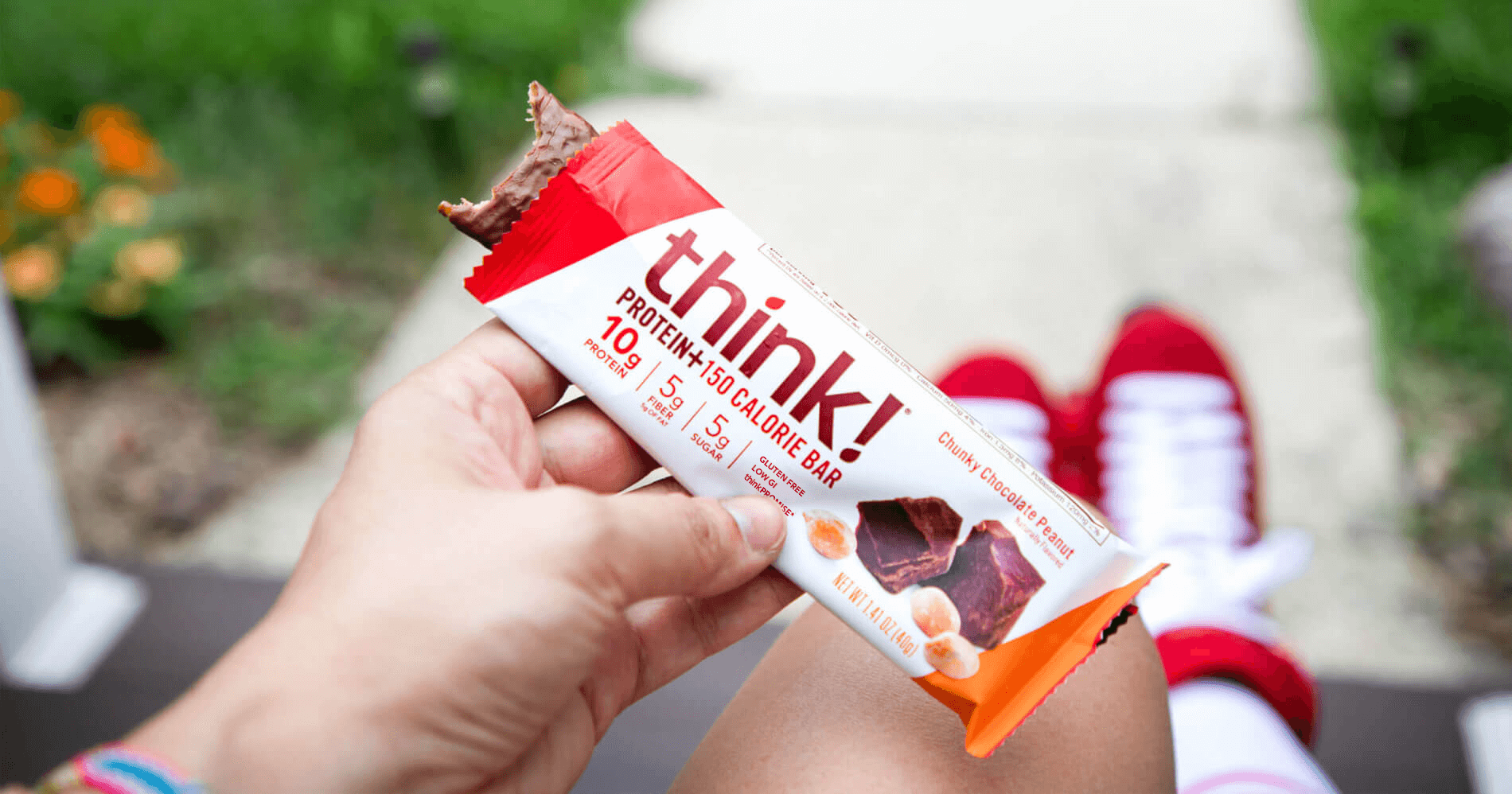Despite being an essential nutrient, more than 90% of women and 97% of men do not meet the recommendations for daily fiber intake. Moreover, the average adult consumes 25-50% less than what is recommended for fiber needs with an average intake of 10-15 grams of fiber per day. Fiber goals for men and women are based on the Dietary Reference Intake of 14 grams for every 1,000 calories. Are you meeting your daily fiber needs?
- Women: 20-28 grams
- Men: 28-34 grams
What is Fiber?
Fiber is classified as a complex carbohydrate, but it's unlike any other carbohydrate. To begin, there are two types of fiber, soluble and insoluble. The main difference is its ability to dissolve in water. Soluble fiber dissolves in water and forms a gel-like substance in the stomach whereas insoluble fiber (roughage) does not dissolve in water and typically passes through the gastrointestinal tract intact. Dietary sources often contain both types of fibers. For example, the outer skin of an apple contains cellulose, which is an insoluble fiber. The inner part of an apple contains pectin, which is a soluble fiber. In all, it's important to consume a variety of dietary sources to help meet your fiber needs.
Where Can You Get Fiber From?
PRO TIP: Follow the 5/20 Rule on the Nutrition Facts Panel.
A Daily Value (DV) 5% or less is considered low and 20% or more is considered a high source.
Dietary patterns that do not meet the recommended intakes of fruits, vegetables, and whole grains contribute to low intakes of fiber. Fiber is found in a variety of plant-based foods including fruits, vegetables, beans, peas, lentils, whole grains, nuts and seeds. Boost your fiber intake with some of these fiber-containing foods.
|
• Whole Grains • Oatmeal • Popcorn • Chia Seeds • Almonds • Walnuts |
• Beans • Lentils • Peas • Carrots • Broccoli • Brussel Sprouts |
• Asparagus • Apples • Blueberries • Strawberries • Bananas • Avocados |
How to Introduce Fiber into Your Diet?
Don't fall below average like many others and consider fun tasty ways you can get your fiber. Now that you understand more on fiber - it's important to not go overboard! Consuming too much fiber too fast may cause gastrointestinal discomfort. Therefore, when increasing fiber be sure to start slow and gradually increase intake overtime. Also, consider spreading your intake of fiber throughout the day among meals and snacks. Lastly, when increasing fiber intake, be sure to increase your fluid intake.
Fill up with fiber! Share how you like to enjoy your favorite fibrous foods. Enjoy!

